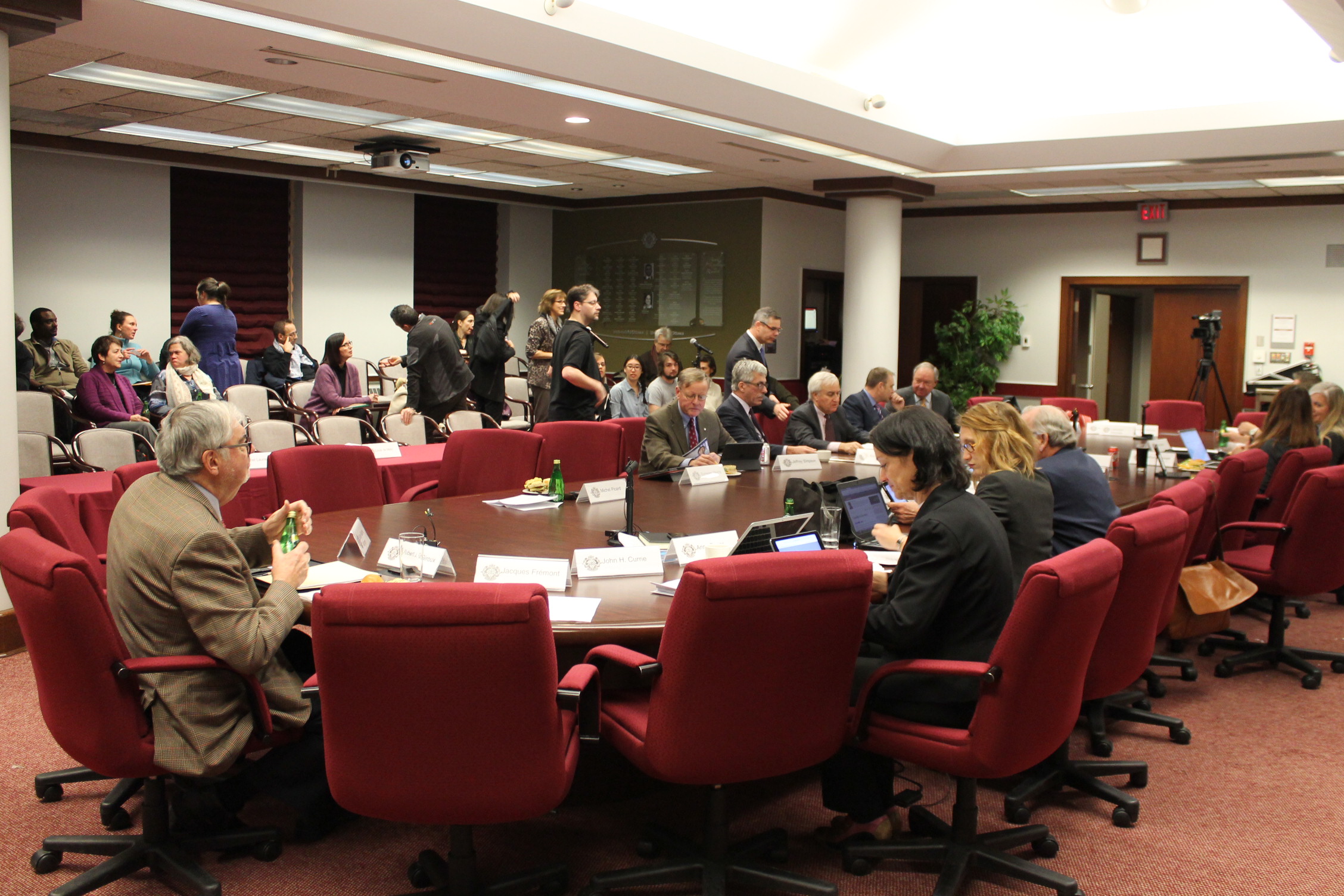Student voices on the BOG should be taken seriously
The new interim president of Carleton University recently shared his thoughts on the importance of transparency to his new administration, which gives us a chance to reflect on how transparent our own administration is here at the University of Ottawa. Can we learn something (gasp) from our rivals across town?
The most important area that the administration has to improve on in terms of transparency is in their budgetary process, and how much input student representatives have on the Board of Governors (BOG). There are currently three student representatives that sit on the BOG—two for undergraduate students and one for graduate students. Their role is to provide a voice that advocates for the needs of students on campus, and to raise concerns that students have about actions taken by the board.
This last point, of voicing students’ concerns, is particularly important for the administration’s budget process. Each representative is allocated time to review the sizeable budget document and bring forward their criticisms and critiques. This year, each of the representatives was given just four days to examine the entire annual university budget, according to Jamie Ghossein, an undergraduate representative on the board.
Giving students a place on the BOG has to be about more than just providing a rubber stamp to actions already taken. Four days is not enough time to go over a budget document for the entire university. Either the administration believes four days is enough time to look over the document shows that they either don’t care what the student representatives have to say or that they don’t take the matter of building a budget seriously.
Giving the student representatives even an adequate amount of time to look over the budget fulfills their purpose on the BOG, as well as giving students a better idea of how the budget process works. Most importantly, it gives students an understanding of why our money is being spent the way it is.





